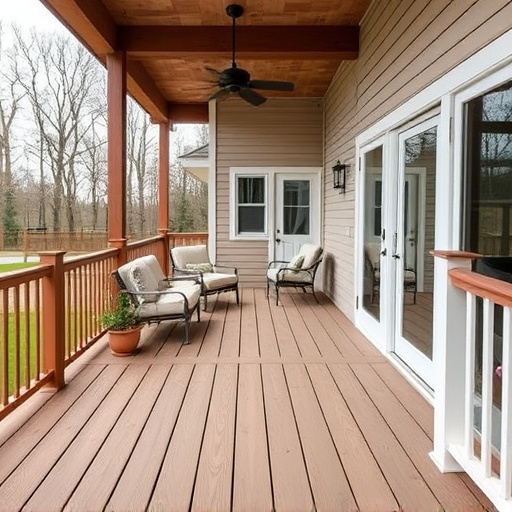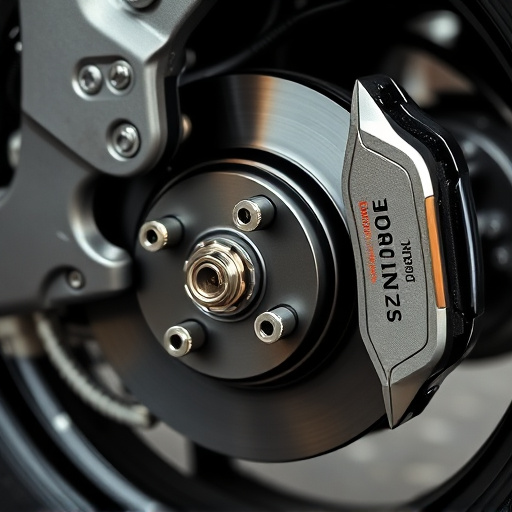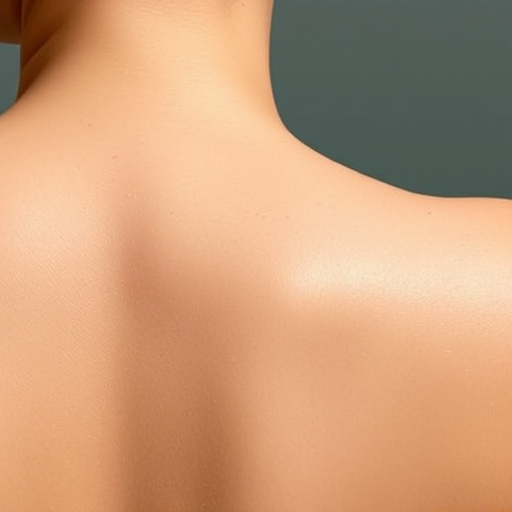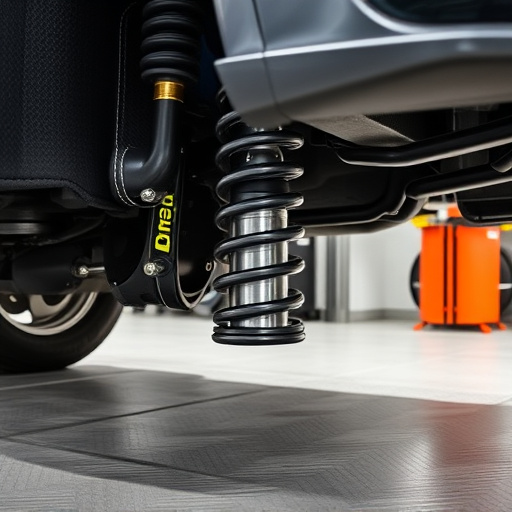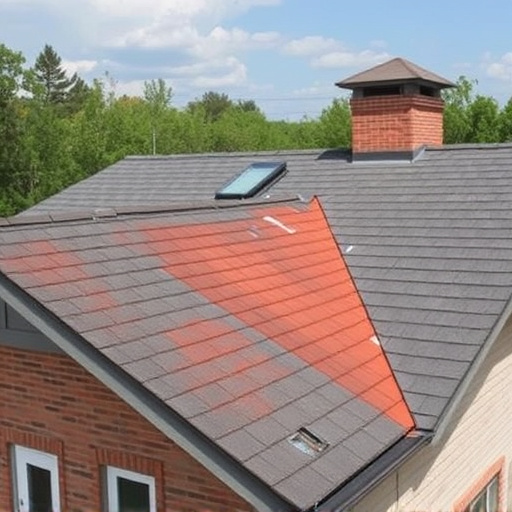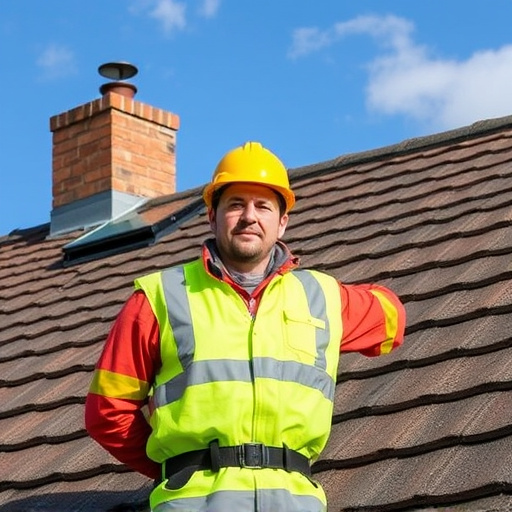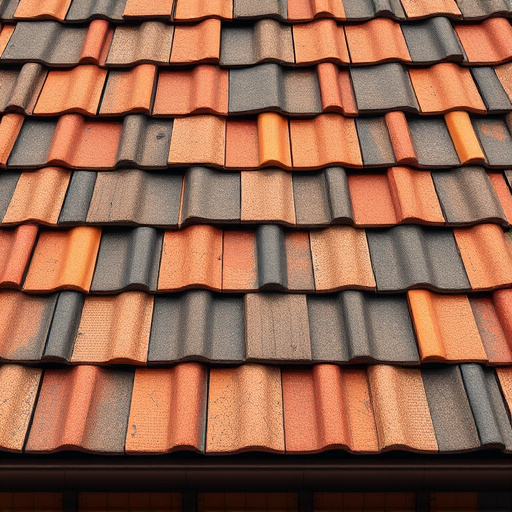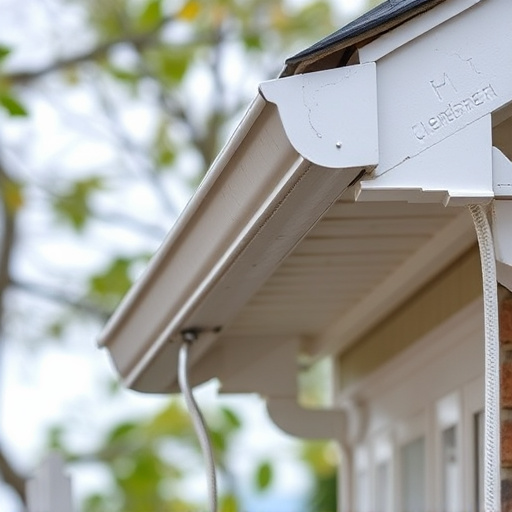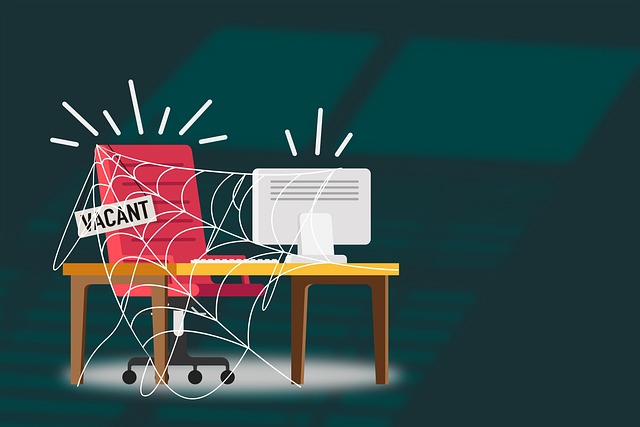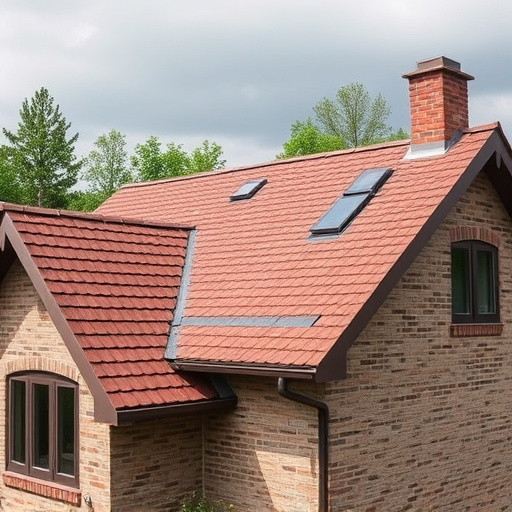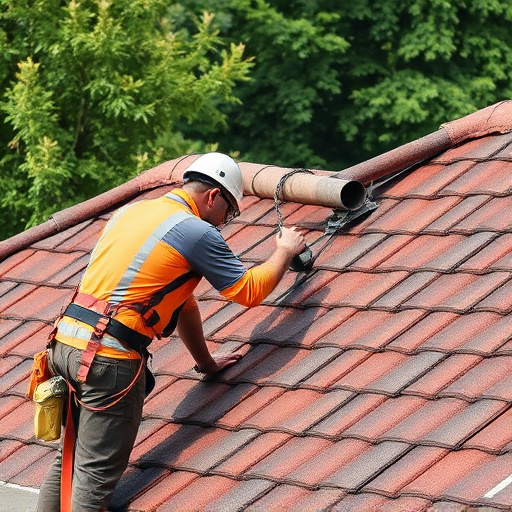Exterior siding is crucial for home energy efficiency, acting as a protective barrier that enhances insulation and regulates indoor temperatures year-round. Modern materials like fiber cement, vinyl, and aluminum offer superior retention and withstand harsh weather, leading to long-term utility bill savings. Proper installation by professionals ensures airtight seals, minimizing drafts and maximizing energy conservation, ultimately boosting the home's value. Consulting with a roof expert aids in selecting suitable exterior siding types tailored to individual needs.
Exterior siding isn’t just about aesthetic appeal; it plays a pivotal role in enhancing your home’s overall insulation. In this article, we’ll explore how the right type of exterior siding can significantly improve energy efficiency, reduce heating and cooling costs, and create a more comfortable living space. From understanding the basics to choosing the best materials and ensuring proper installation, discover the impact of exterior siding on your home’s insulation and learn key tips for optimal benefits.
- Understanding the Role of Exterior Siding in Insulation
- Types of Siding and Their Impact on Energy Efficiency
- How to Ensure Proper Installation for Optimal Insulation Benefits
Understanding the Role of Exterior Siding in Insulation
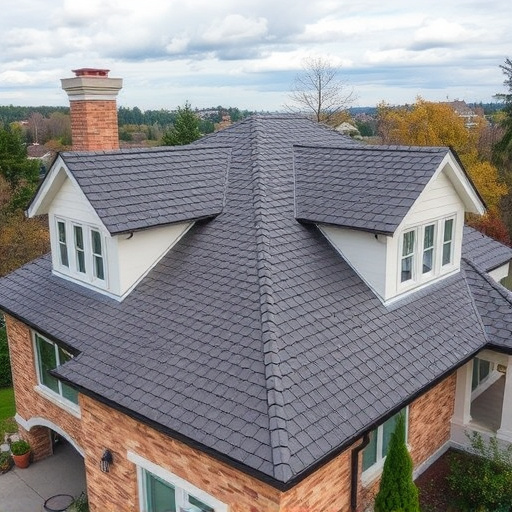
Exterior siding plays a crucial role in enhancing your home’s insulation and energy efficiency. It acts as a protective barrier, sealing in warmth during winters and keeping out excessive heat during summers. Today, homes are not just about aesthetics; they require solutions that offer both functionality and style. That’s where exterior siding comes into play as one of the key components of home service solutions. A well-installed siding can significantly reduce temperature transfer, thereby cutting down on heating and cooling costs.
When considering siding replacement or new siding services, homeowners should opt for materials that are designed to insulate effectively. Modern siding options go beyond traditional materials like wood and brick. Advanced materials such as fiber cement, vinyl, and aluminum offer excellent insulation properties, making them top choices for siding services. These materials not only withstand harsh weather conditions but also contribute to a more comfortable living environment by maintaining consistent indoor temperatures, thus offering long-term savings on utility bills.
Types of Siding and Their Impact on Energy Efficiency
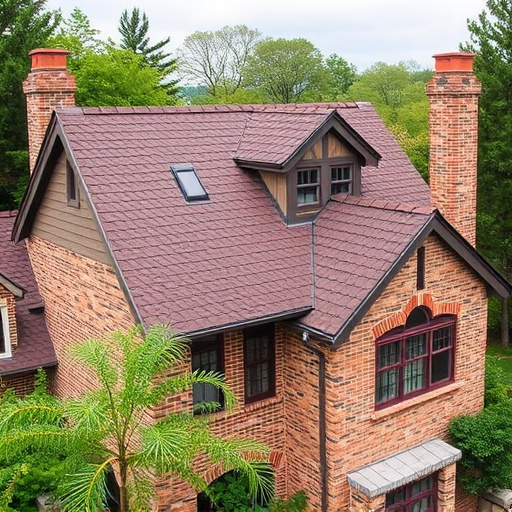
Choosing the right exterior siding is a crucial step in enhancing your home’s energy efficiency. Different types of siding offer varying levels of insulation and thermal resistance. For instance, fiber cement siding excels in retaining heat during winters and keeping homes cool in summers, thanks to its high R-value. Vinyl siding, another popular option, is known for its low maintenance and good insulation properties, making it an excellent choice for energy-conscious homeowners. On the other hand, wood siding provides excellent aesthetic appeal but requires regular maintenance, which can impact long-term energy savings.
When considering residential siding options, it’s important to look beyond visual appeal. Insulating siding like foam-backed vinyl or insulated fiber cement can significantly reduce heat transfer, leading to better temperature control inside the home. This, in turn, reduces the load on heating and cooling systems, lowering energy consumption and potentially saving money on roof replacement over time. Moreover, proper siding installations can create an airtight seal, minimizing drafts and improving overall home insulation.
How to Ensure Proper Installation for Optimal Insulation Benefits
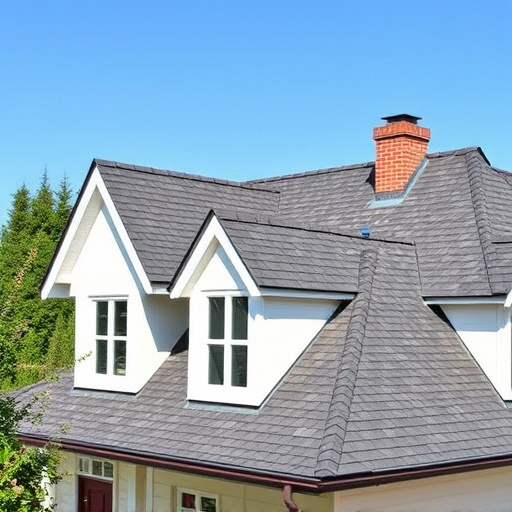
Proper installation is key to unlocking the full potential of exterior siding as an insulation solution. When installed correctly, exterior siding acts as a barrier against extreme temperatures, preventing heat loss in winter and keeping hot air out during summer months. To achieve optimal results, it’s crucial to hire experienced professionals who can ensure precise measurement and seamless fitting of each siding piece. They should follow best practices such as securing the siding tightly to the underlying structure, creating a sealed gap between the siding and windows or doors, and using appropriate flashing and sealants.
A roof consulting service can play a vital role in this process, offering expert advice on the most suitable exterior siding types for your home’s specific needs and ensuring its compatibility with existing roofing. Proper siding installation not only enhances insulation but also adds to your home’s visual appeal, durability, and overall value. Therefore, prioritizing quality workmanship from start to finish is essential for reaping the long-term benefits of enhanced energy efficiency brought about by exterior siding.
Exterior siding isn’t just about aesthetics; it plays a significant role in enhancing home insulation, ultimately contributing to energy efficiency. By understanding the different types of siding and ensuring proper installation, homeowners can enjoy improved comfort levels and reduced energy bills. Investing in high-quality exterior siding acts as a protective barrier, trapping heat during winters and keeping homes cool in summers, making it an essential component for any well-insulated home.
